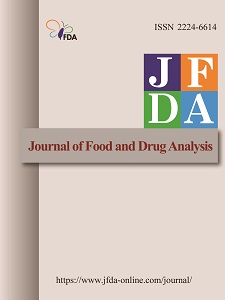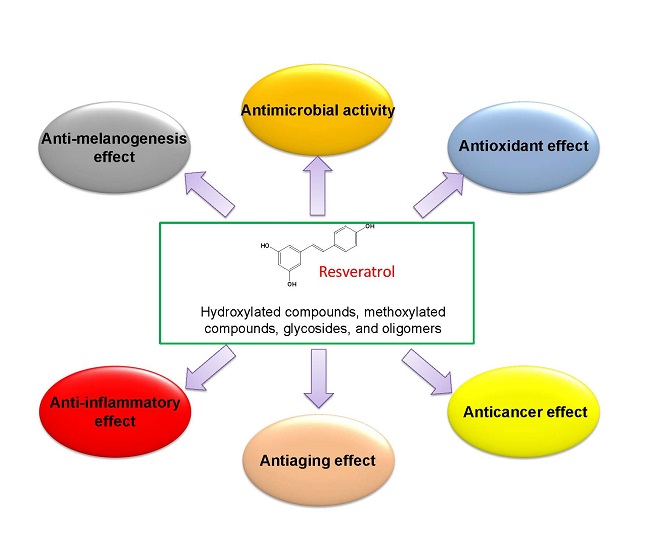Featured Scientist

Chi-Feng Hung
Chi-Feng Hung
School of Medicine, Fu Jen Catholic Universit, New Taipei City, Taiwan
Article published in
" Journal of Food and Drug Analysis" Vol. 29 : Iss. 1, Article 2
The bioactivities of resveratrol and its naturally occurring derivatives on skin
Resveratrol has been extensively reported as a potential compound to treat some skin disorders, including skin cancer, photoaging, allergy, dermatitis, melanogenesis, and microbial infection. There has been an increasing interest in the discovery of cosmetic application using resveratrol as the active ingredient because of its anti-aging and skin lightening activities. The naturally occurring derivatives of resveratrol also exert a beneficial effect on the skin. There are four groups of resveratrol derivatives, including hydroxylated compounds, methoxylated compounds, glycosides, and oligomers. The major mechanism of resveratrol and its derivatives for attenuating cutaneous neoplasia, photoaging and inflammation, are related with its antioxidative activity to scavenge hydroxyl radical, nitric oxide and superoxide anion. A systematic review was conducted to describe the association between resveratrol-related compounds and their benefits on the skin. Firstly, the chemical classification of resveratrol and its derivatives was introduced. In this review the cases which were treated for different skin conditions by resveratrol and the derivatives were also described. The use of nanocarriers for efficient resveratrol skin delivery is also introduced here. This review summarizes the cutaneous application of resveratrol and the related compounds as observed in the cell-based, animal-based and clinical models. The research data in the present study relates to the management of resveratrol for treating skin disorders and suggesting a way forward to achieve advancement in using it for cosmetic and dermatological purpose.
